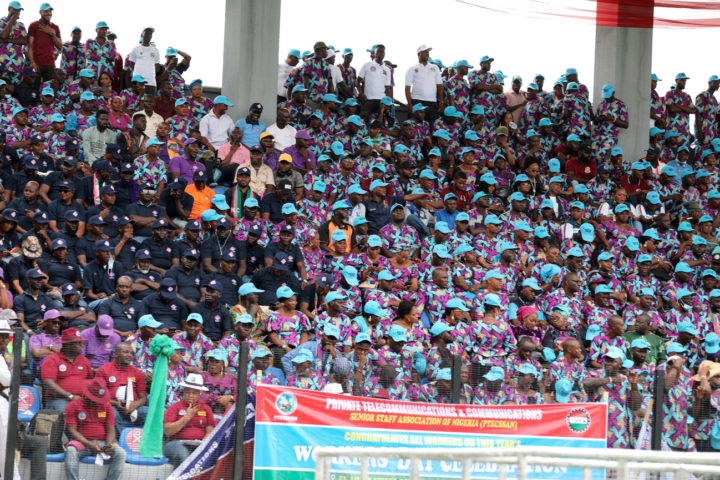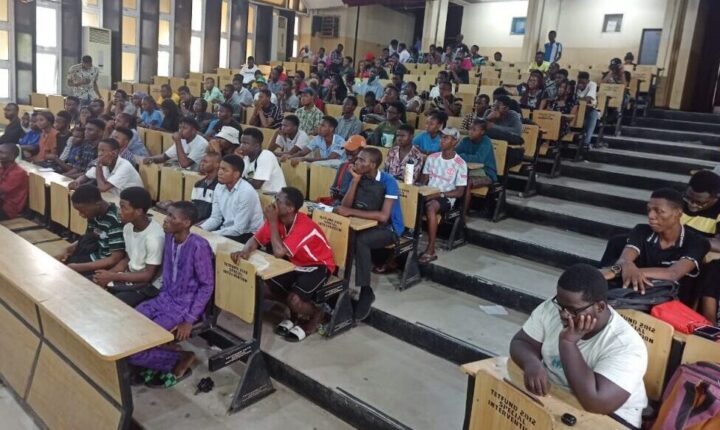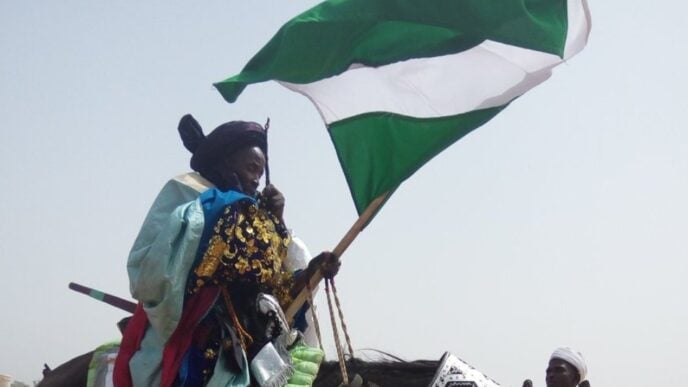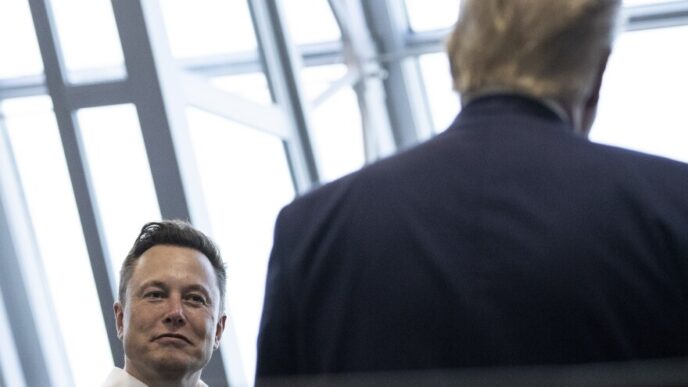File photo
BY IJEOMA OKEREKE-ADAGBA
Social media has transformed the digital landscape, especially in the way we consume information. This transformation has not only fragmented traditional media audiences, but it has also ushered in a new breed of opinion shapers and agenda setters – social media influencers.
There are many examples today of how audience information appetites are now being shaped by non-traditional information chefs, but juxtaposing the outcomes that followed the actions of VDM and Fisayo Soyombo’s coverage of a similar issue paints a clear enough picture of how social media influencers are shaping public opinion today, and the way forward (or and how the practice of journalism can reposition in the fight against misinformation and disinformation) for journalists and media organisations.
In 2019, Fisayo Soyombo went undercover, spending five days in a police cell and eight nights as an inmate in Ikoyi prison with one goal in mind – to expose the corruption within Nigeria’s law enforcement and correctional system. From police officers who sought bribes to fast-track his release, celebrities paying their way to avoid going to jail after being sentenced, to manipulation of court proceedings, he exposed how justice was for sale in Nigeria. This revelation was met with utter silence from the government and those fingered in the report; in fact, there were threats of an arrest but not of the culprits.
Advertisement
Fast forward five years, a controversial social media influencer with a followership of over two million, Very Dark Man (VDM, real name – Martins Vincent Otse) leaked audio tapes of a very popular crossdresser – Bobrisky, alleging that Bobrisky bribed police officers to evade sleeping in the cell but in a private lounge, which is a violation of Nigeria’s criminal justice protocols. VDM hesitated to release the full tape, warning Bobrisky to offset a debt he had collected from a man, but when the latter failed to comply, he released subsequent audio exposing a web of illicit relationships.
These allegations immediately spread like wildfire and it trended for weeks. The fuel? Bloggers, Instagrammers, TikTokers and YouTubers. Unlike the deafening silence that greeted Soyombo’s investigation of the same issue five years ago, VDM’s claims ignited swift reactions – Bobrisky repaid the debt, the Economic and Financial Crimes Commission (EFCC) commenced an investigation, some police officers were eventually suspended and the house of representatives initiated a probe after inviting both VDM and Bobrisky to testify.
As these events unfolded, I was truly amazed at the paradox; Soyombo, an award-winning investigative journalist, risked life and limb to dig out evidence of corruption in the country’s law enforcement and correctional facilities system, and was largely met with official indifference. A few short years later, VDM capitalised on social media to amplify a voice recording of a celebrity participating in the corrupt system and captured public attention, creating such a buzz that it lasted for weeks.
Advertisement
It is no longer surprising that social media has facilitated a new form of interactivity and opportunities for content creators, and this has affected the public function (or perception) of the media. With over two million followers on Instagram, VDM has built a strong social media presence, gaining trust with the public, government institutions, and the media. A part of the different movements redefining public and digital advocacy.
However, his methods raise ethical concerns, such as the potential for sensationalism and the spread of misinformation. For instance, rather than spotlighting the corruption in Nigeria’s justice system, VDM shifted audiences’ attention to the feud between himself and Bobrisky and his legal battle with the Falana family.
When audiences focus on sensationalised content, they can be distracted from more serious issues and undermine efforts to address them. Nigerians appear to be weary of interacting with government policies and seem more interested in controversies and entertainment, a fast-growing industry.
Two questions beg some consideration: How can citizens make informed decisions about government policies in a society that emphasises viral claims more than the painstaking work of investigative journalists? What challenge does this pose for the Nigerian media? The example of Fisayo Soyombo’s investigative work and VDM’s feud-driven exposé paints a disturbing picture; a journalist’s compelling evidence on a story weighs less than social media virality.
Advertisement
Although media organisations have adapted to integrating social media elements into their reporting, with some going as far as hiring audience engagement officers, influencers armed with ring lights and unfiltered opinions, still thrive by creating content that spark controversy online. I think it is important to note that influencer content is often based on news reports, but no one remembers that.
One key differentiator between influencers and journalists is that there is no gatekeeping process for influencers, either internal, from learning the ethics and being bound by the code of conduct of the information gathering and sharing profession. Or external, submitting work for reviews by an external team bound by the same ethics. These efforts are not fail-safe but effective. Influencers on the other hand, take up their phones or increasingly fancier gadgets, turn on their lights and ‘break’ the news, building a sense of immediacy and authenticity earned by the number of followers.
VDM’s method of directly calling out individuals has earned him over 2 million followers on Instagram today, and many now regard him as an unbiased online activist. When he was recently arrested, there was a viral #FreeVDM campaign, a big contrast to when journalists like Fisayo Soyombo were arrested, and the loudest protests were usually from fellow journalists.
While it is tempting to blame audiences for their preferences, it is a far more productive investment to rethink the media’s relationship with its audiences and hit the reset button. But at the end of the day, both journalists and social media influencers need the attention and engagement of their audiences to exert influence.
Advertisement
The media must accept the fact that social media has created a class that influences how public opinion is formed, wittingly or otherwise. As Fraser noted, this public sphere is not a deficiency of democracy, it only helps to foreground the troubled relationship between public discourse and political influence.
Moving forward, it is important that traditional media strategically collaborate or partner with social media influencers to amplify critical investigations and hold power accountable. You may ask – am I calling for an alliance between sensationalism and journalism? The answer is NO, this is not an “if you can’t beat them, join them” capitulation. What I am saying is that there is room for collaboration, where such engagement is guided by journalistic ethics- accuracy, objectivity, impartiality and public interest.
Advertisement
The media must also equip citizens with tools to navigate the complexities of the digital age, importantly identifying credible information from sensational/misleading claims, and influencers are citizens too. Luckily, this is something already being done by organisations like CJID through Dubawa, Africa Check, Cable Check, Fact Check Hub and FactsMatterNG.
The goal is to guide citizens in making informed decisions that will contribute to the development of society. The genie of information democratisation is out of the bottle and powered by the Formula 1-like speed of rapid technological innovation. It can’t be stuffed back in the bottle, but the war against misinformation and disinformation is winnable.
Advertisement
Ijeoma Okereke-Adagba is a communication specialist with over five years of experience developing tools to support the African media ecosystem. She’s currently a Commonwealth scholar, pursuing an MA in media practice for development and social change at the University of Sussex. She can be reached via [email protected]
Advertisement
Views expressed by contributors are strictly personal and not of TheCable.










